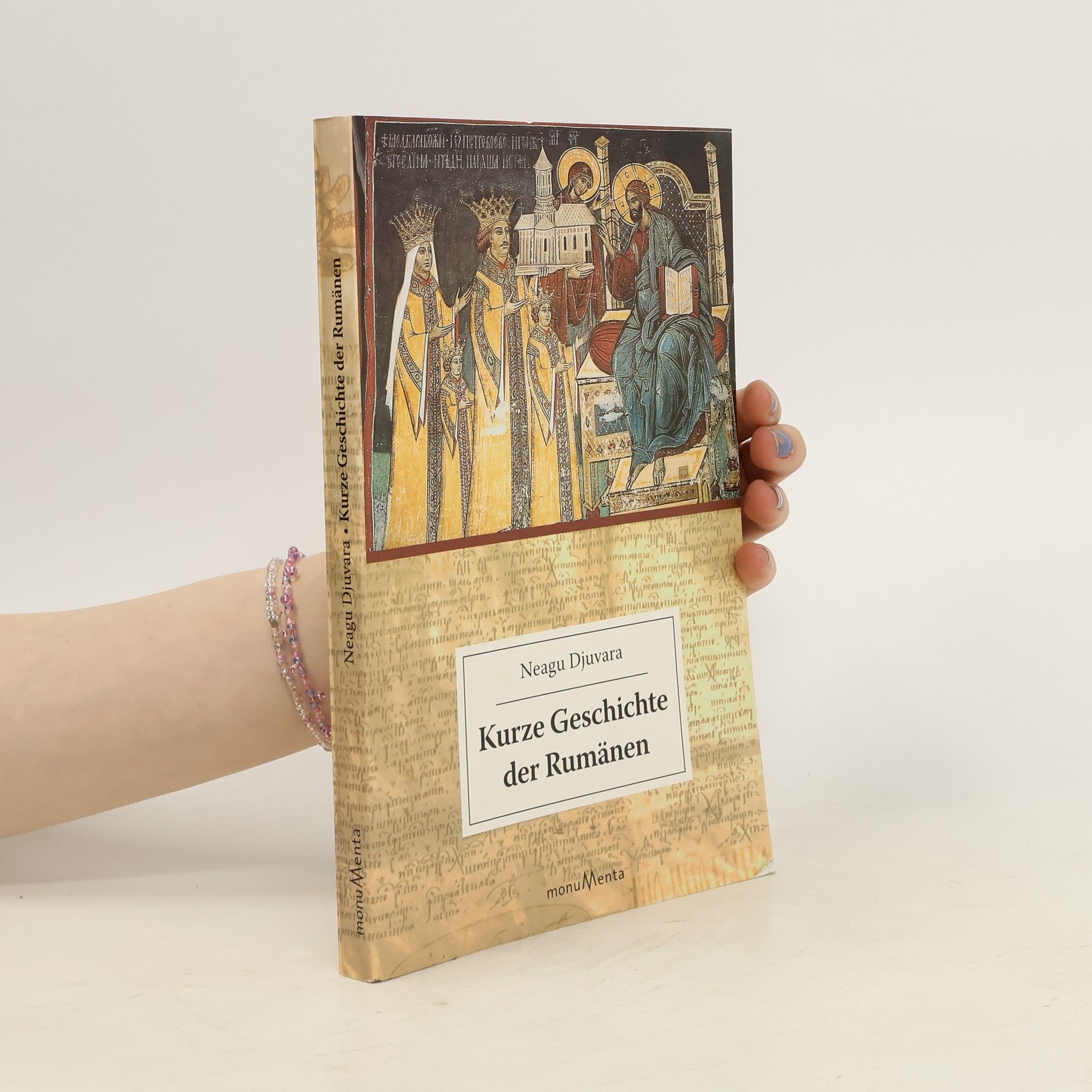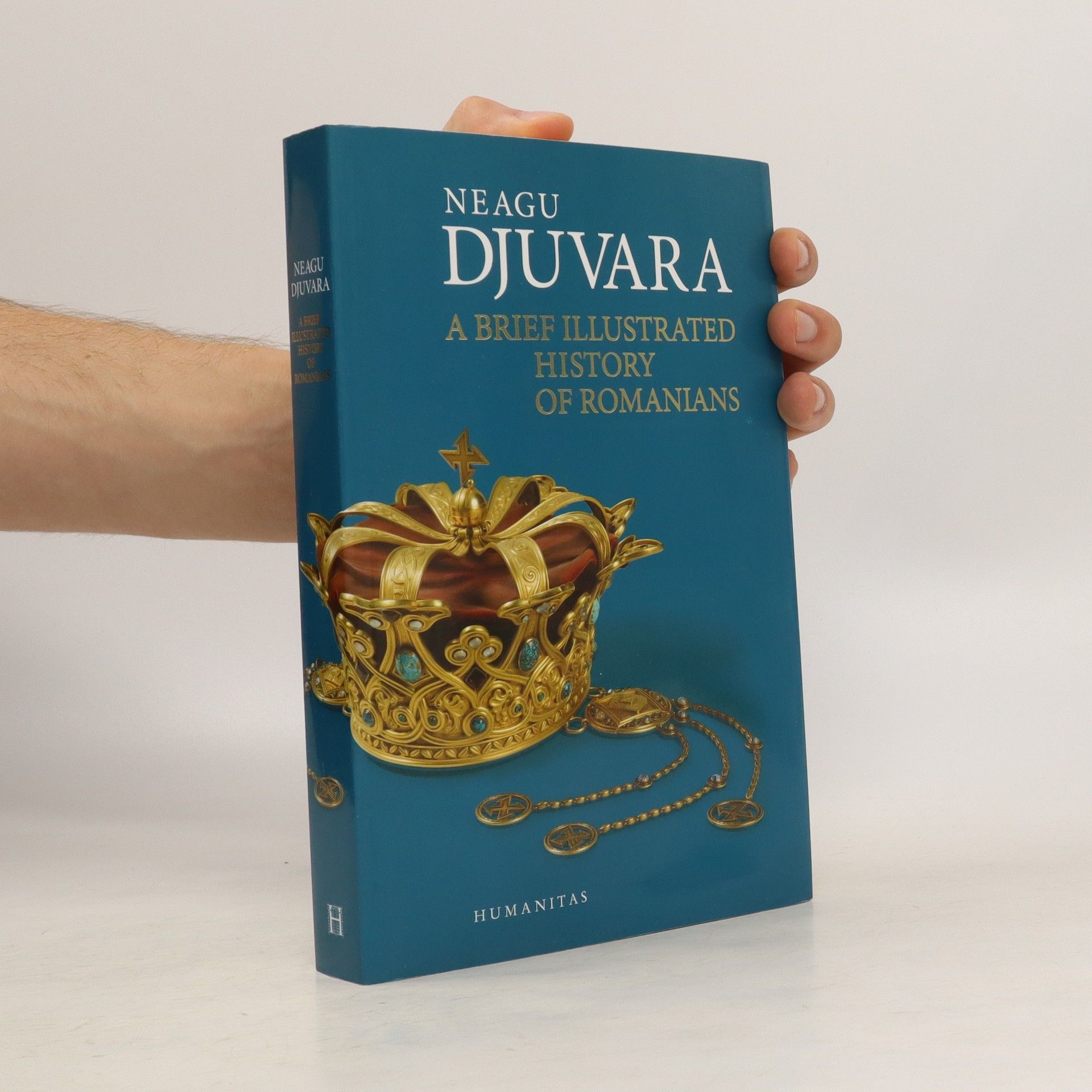From Vlad the Impaler to Dracula the Vampire
- 94pages
- 4 heures de lecture
Why "Dracul"? Did he earn this nickname because he was evil, "Dracul" being a folk name for the Devil, the Unclean One? Not at all. What follows is the extraordinary story behind the cognomen that the son of Vlad Dracul, the famous Vlad the Impaler, was also to bear.In the cathedral of the great German city of Nuremberg, King Sigismund proclaimed Vlad Voivode of Wallachia, even though he was yet to reign, and named him a Knight of the Order of the Dragon. It was a great honour to be a member of the Order. For this reason, when he became actual ruler of Wallachia in 1437, Vlad, proud of his membership of the Order of the Dragon, ordered that coins bearing the Order's emblem should be struck: a dragon and a Cross. And given that "dragon" is similar to the Romanian vernacular term drac (which has the same origin), the people nicknamed Vlad "Dracul" or "Drăculea". Since membership of the Order of the Dragon was hereditary, the sons of Vlad Dracul, Vlad the Impaler and Radu the Fair, were also to be called by the same name, both at home and abroad. And so it was that later Vlad the Impaler came to be known throughout Europe as Dracula Voivode. Is it not a strange tale?


